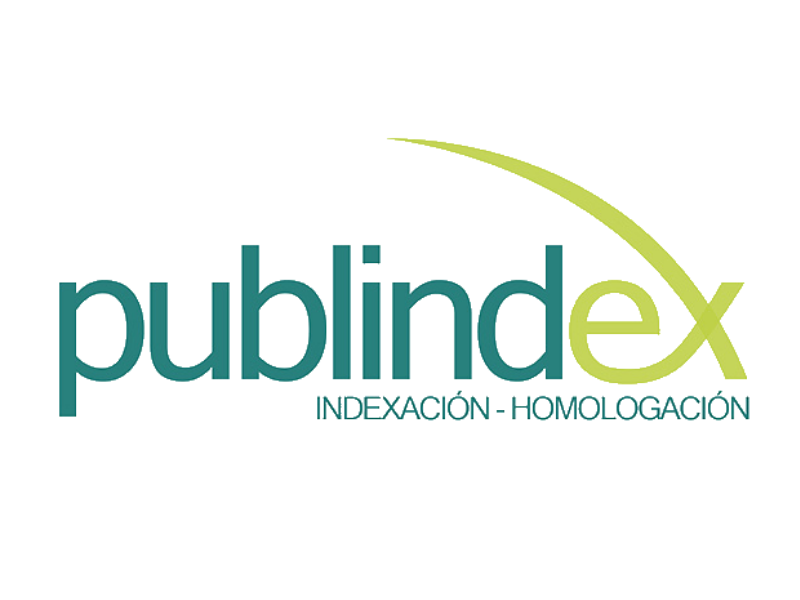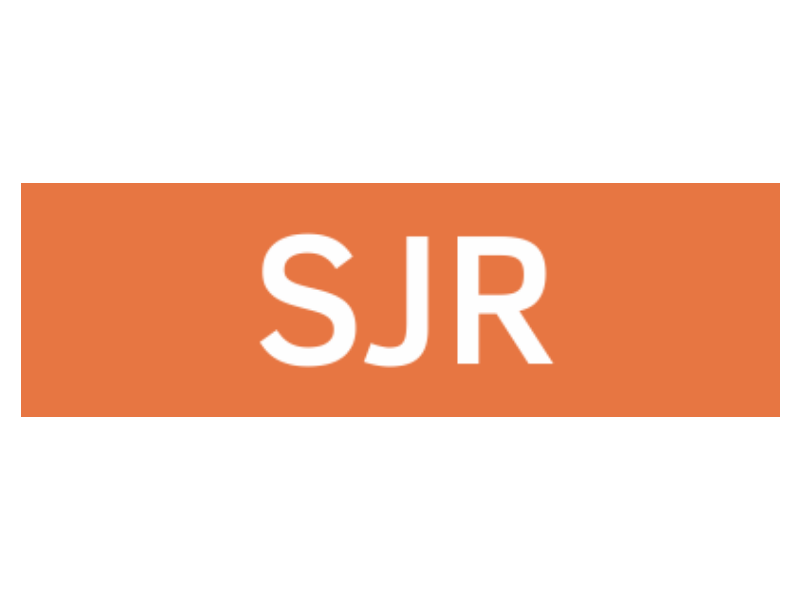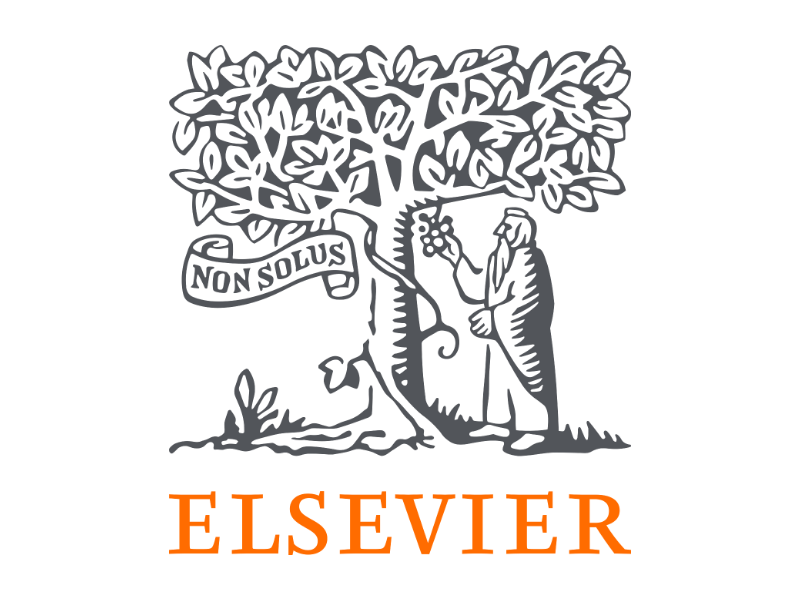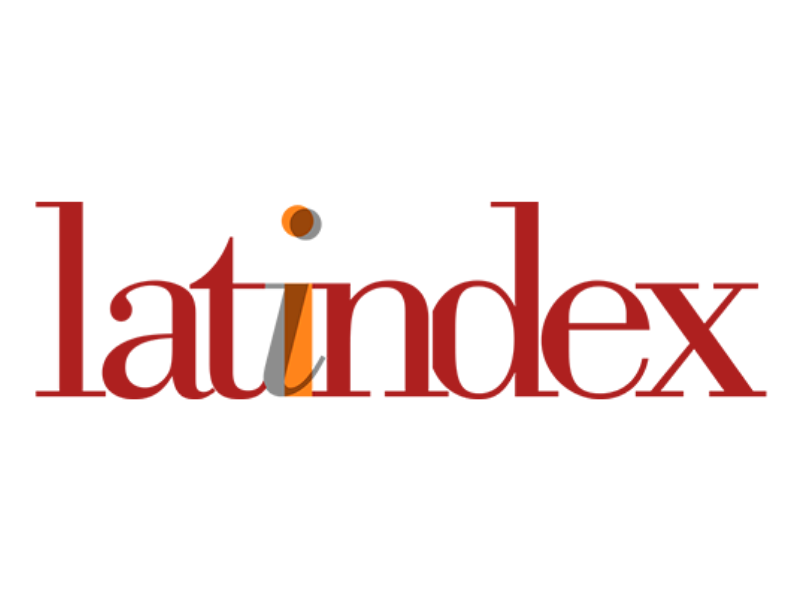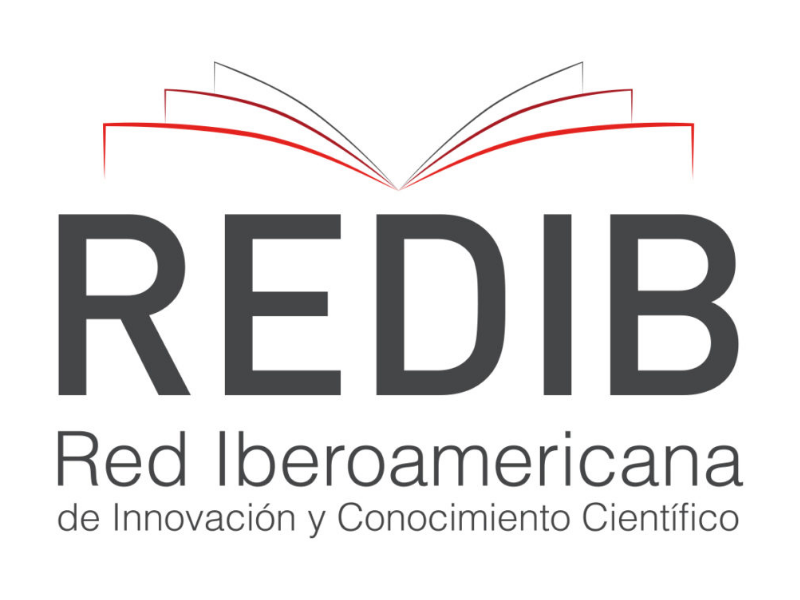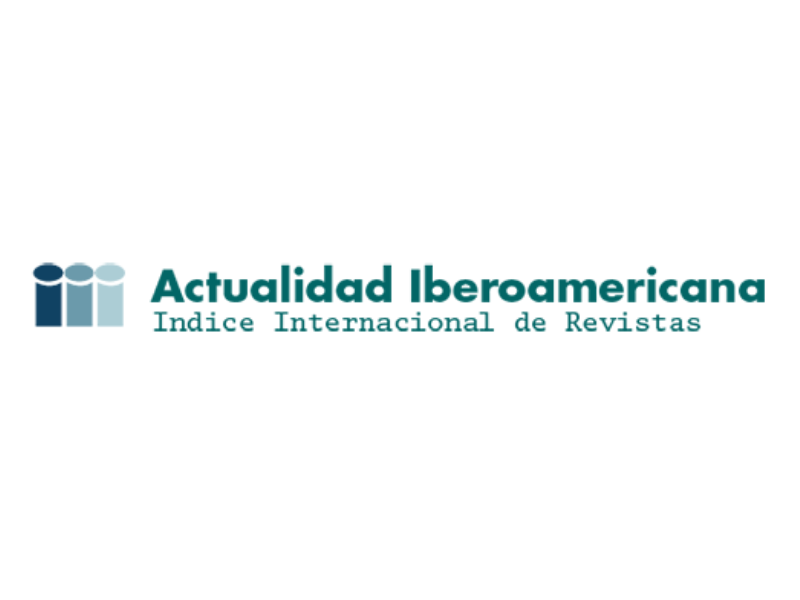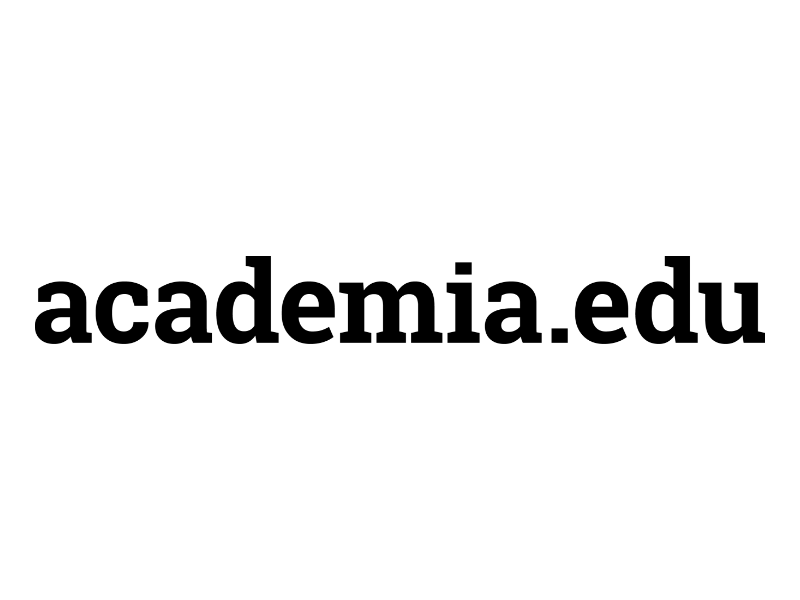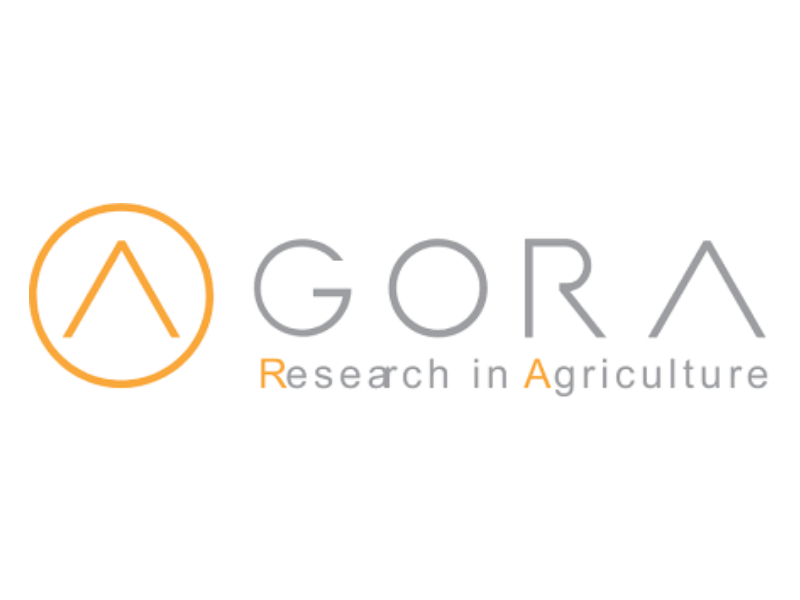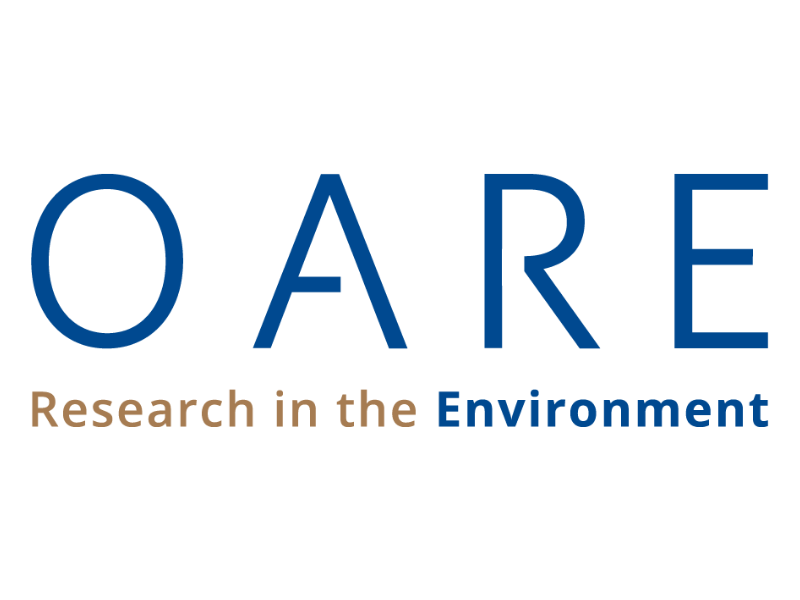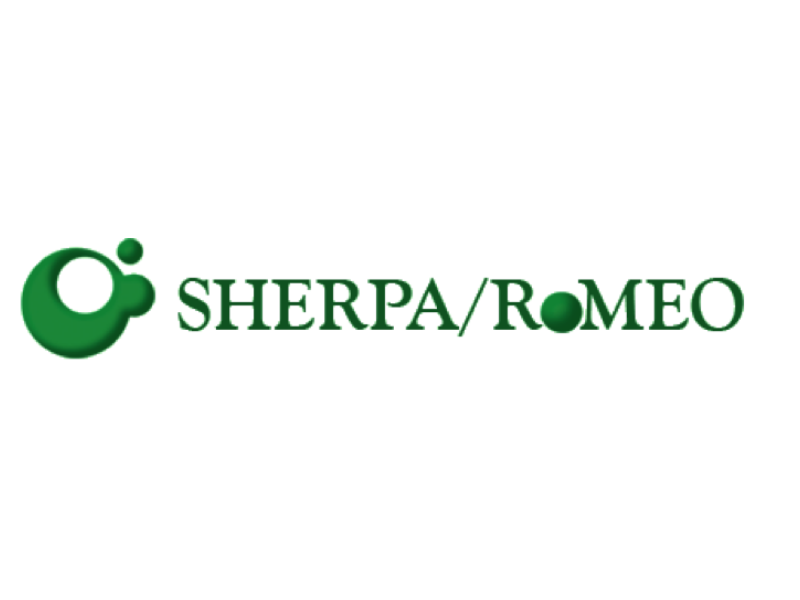Distrofia muscular nutricional en los músculos del muslo de los pollos: análisis patológico de un problema de campo
Nutritional muscular dystrophy in broiler thigh muscles: pathological analysis of a problem in the field
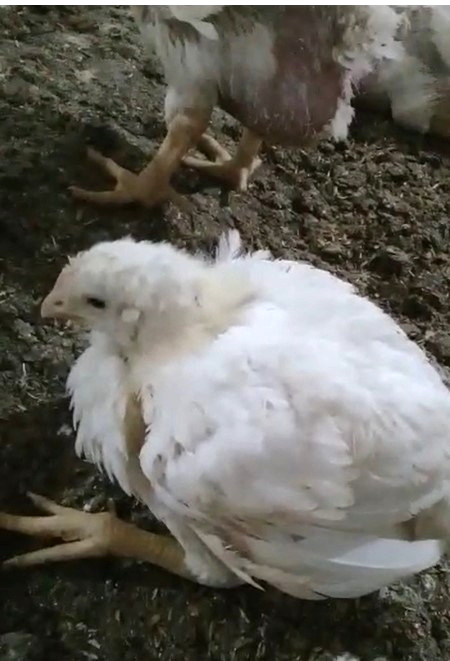

Esta obra está bajo una licencia internacional Creative Commons Atribución-NoComercial-CompartirIgual 4.0.
Mostrar biografía de los autores
Objetivo. Este estudio tiene como objetivo utilizar el método histopatológico para investigar la distrofia muscular nutricional en pollos debido a la carencia de vitamina E. Materiales y métodos. Se analizaron muestras de tejido tomadas de 20 polluelos muertos y un total de 28 muestras de sangre tomadas de ocho polluelos enfermos. La cantidad de vitamina E determinada en el análisis de los piensos resultó ser un 5% inferior a la cantidad declarada como presente en la ración. Resultados. La cantidad promedio de α-tocoferol en los sueros sanguíneos arrojó un resultado de 0.285 µg/g. Los niveles plasmáticos de calcio y de fósforo resultaron ser elevados mientras que los de sodio, potasio y magnesio, normales. A nivel histopatológico, se encontró una distrofia muscular nutricional en 18 de 20 polluelos (90%). En el examen histopatológico de las secciones musculares se observaron diversos grados de degeneraciones hialinas, necrosis, mineralización, lipidosis e infiltraciones de células mononucleares. Conclusiones. Se determinó que a medida que aumentaba el contenido de grasa de la ración, los niveles de vitaminas y minerales, en particular de vitamina E, cambiaban dentro del alimento y la salud de los polluelos se deterioraba y provocaba daños histopatológicos en diferentes tejidos de los órganos. El estudio concluye que la industria avícola debe dar importancia a los sistemas de control de piensos para que los polluelos reciban una alimentación adecuada y saludable.
Visitas del artículo 428 | Visitas PDF
Descargas
- Kırkpınar F, Açıkgöz Z. Feeding. In: Animal Husbandry and Nutrition. IntechOpen; 2018; 5:97-113. https://doi.org/10.5772/intechopen.78618
- Elwinger K, Fisher C, Jeroch H, Sauveur B, Tiller H, Whitehead CC. A brief history of poultry nutrition over the last hundred years. Worlds Poult Sci J. 2016; 72(4):701-720. https://doi.org/10.1017/S004393391600074X
- Ames SR. Role of vitamin E (α-Tocopherol) in poultry nutrition and disease: A review of recent literature. Poult Sci. 1956;35:145-159. https://doi.org/10.3382/ps.0350145
- Khatun J, Loh TC, Foo HL, Akit H, Khan KI. Growth performance, cytokine expression, and immune responses of broiler chickens fed a dietary palm oil and sunflower oil blend supplemented with l-arginine and varying concentrations of vitamin E. Front Vet Sci. 2020; 7:619. https://doi.org/10.3389/fvets.2020.00619
- Alagawany M, Elnesr SS, Farag MR, Tiwari R, Yatoo MI, Karthik K, et al. Nutritional significance of amino acids, vitamins and minerals as nutraceuticals in poultry production and health - a comprehensive review. Vet Q. 2020; 41(1):1-29. https://doi.org/10.1080/01652176.2020.1857887
- Shakeri M, Oskoueian E, Le HH, Shakeri M. Strategies to combat heat stress in broiler chickens: unveiling the roles of selenium, vitamin E and vitamin C. Vet Sci. 2020; 7(2):71. https://doi.org/10.3390/vetsci7020071
- Altıner A, Atalay H, Tanay B. Bir antioksidan olarak E vitamini. Balikesir Saglik Bil Derg. 2017; 6(3):149-157. https://dergipark.org.tr/tr/pub/balikesirsbd/issue/38442/452777
- Perez TI, Zuidhof MJ, Renema RA, Curtis JM, Ren Y, Betti M. Effects of vitamin E and organic selenium on oxidative stability of ω-3 enriched dark chicken meat during cooking. J Food Sci. 2010; 75(2):T25-T34. https://doi.org/10.1111/j.1750-3841.2009.01478.x
- Kurutas EB. The importance of antioxidants which play the role in cellular response against oxidative/nitrosative stress: current state. Nutr J. 2016; 15:71. https://doi.org/10.1186/s12937-016-0186-5
- Mohd Zaffarin AS, Ng SF, Ng MH, Hassan H, Alias E. Pharmacology and pharmacokinetics of vitamin E: Nanoformulations to enhance bioavailability. Int J Nanomedicine. 2020; 15:9961-9974. https://doi.org/10.2147/IJN.S276355
- Jordao AA, Chiarello PG, Arantes MR, Meirelles MS, Vannucchi H. Effect of an acute dose of ethanol on lipid peroxidation in rats: action of vitamin E. Food Chem Toxicol. 2004; 42(3):459-464. https://doi.org/10.1016/j.fct.2003.10.008
- Acar N, Kurtoğlu F. Doymamış Yağ asidi içeren sıvı yağlarla beslenen ratlarda rasyona vitamin E ilavesinin lipid peroksidasyonuna etkileri. Konya: Selcuk University; 2004. https://acikbilim.yok.gov.tr/handle/20.500.12812/456354
- Klasing KC, Austic RE. Nutritional Diseases, In: Diseases of Poultry. Eleventh ed. Iowa State Press: Blackwell Publishing Company; 2003. 1027-1054.
- Klasing KC. Nutritional Diseases. In: Diseases of Poultry. Swayne DE, ed. John Wiley & Sons, Inc; 2013. 1203-1232. https://doi.org/10.1002/9781119421481.ch29
- Stoyanchev K, Maruzova V. Reproduction of muscular dystrophy in broiler chickens through early nutrition with deficient feed supplemented with oxidised fat. Trakia J Sci. 2017; 15(1):67-73. https://doi.org/10.15547/tjs.2017.01.011
- Georgieva NV, Stoyanchev K, Bozakova N, Jotova I. Combined effects of muscular dystrophy, ecological stress, and selenium on blood antioxidant status in broiler chickens. Biol Trace Elem Res. 2011; 142(3):532-545. https://doi.org/10.1007/s12011-010-8782-2
- Gümüş E, Küçükersan S. Etlik piliç rasyonlarına doğal antioksidan ilavesinin performans, et pH değeri ile karaciğer ve kanda antioksidan aktiviteye etkisi. Vet Hekim Der Derg. 2017; 88(2):82-94. https://dergipark.org.tr/en/download/article-file/489134
- Zingg JM. Vitamin E: A role in signal transduction. Annu Rev Nutr. 2015; 35:135-173. https://doi.org/10.1146/annurev-nutr-071714-034347
- Ungurianu A, Zanfirescu A, Nitulescu G, Margina D. Vitamin E beyond its antioxidant label. Antioxidants. 2021; 10(5):634. https://doi.org/10.3390/antiox10050634
- Konjufca VK, Bottje WG, Bersi TK, Erf GF. Influence of dietary vitamin E on phagocytic functions of macrophages in broilers. Poult Sci. 2004; 83(9):1530-1534. https://doi.org/10.1093/ps/83.9.1530
- Pinotti L, Manoni M, Fumagalli F, Rovere N, Tretola M, Baldi A. The role of micronutrients in high-yielding dairy ruminants: Choline and vitamin E. Ankara Univ Vet Fak. 2020; 67(2):209-214. https://doi.org/10.33988/auvfd.695432
- Sarıca Ş, Karataş Ü, Gözalan R. Immune system in poultry and affecting nutritional factors the immune system. JAFAG. 2009; 26(2):81-86. https://dergipark.org.tr/en/download/article-file/82254
- Radaelli G, Piccirillo A, Birolo M, Bertotto D, Gratta F, Ballarin C, et al. Effect of age on the occurrence of muscle fiber degeneration associated with myopathies in broiler chickens submitted to feed restriction. Poult Sci. 2017; 96(2):309-319. https://doi.org/10.3382/ps/pew270
- Sihvo HK, Immonen K, Puolanne E. Myodegeneration with fibrosis and regeneration in the pectoralis major muscle of broilers. Vet Pathol. 2014; 51(3):619-623. https://doi.org/10.1177/0300985813497488
- Marciano CMM, Ibelli AMG, Marchesi JAP, de Oliveira Peixoto J, Fernandes LT, Savoldi IR, et al. Differential expression of myogenic and calcium signaling-related genes in broilers affected with white striping. Front Physiol. 2021; 12:712464. https://doi.org/10.3389/fphys.2021.712464
- Petracci M, Soglia F, Madruga M, Carvalho L, Ida E, Estevez M. Wooden-breast, white striping, and spaghetti meat: causes, consequences and consumer perception of emerging broiler meat abnormalities. Compr Rev Food Sci Food Saf. 2019; 18(2):565-583. https://doi.org/10.1111/1541-4337.12431
- Mossab A, Hallouis JM, Lessire M. Utilization of soybean oil and tallow in young turkeys compared with young chickens. Poult Sci. 2000; 79(9):1326-1331. https://doi.org/10.1093/ps/79.9.1326
- Ayala A, Munoz MF, Arguelles S. Lipid peroxidation: production, metabolism, and signaling mechanisms of malondialdehyde and 4-hydroxy-2-nonenal. Oxid Med Cell Longev. 2014; 2014:360438. https://doi.org/10.1155/2014/360438
- Dieffenbacher A, Pocklington WD. International union of pure and applied chemistry applied chemistry division commission on oils, fats and derivatives. standard methods for the analysis of oils, fats and derivatives. 1St Supplement to the 7th Revised and Enlarged Edition ed. Oxford: Blackwell Scientific Publications; 1992. 76-82. https://old.iupac.org/publications/books/ISBN0632033371_compress.pdf
- Burlikowska K, Piotrowska A, Szymeczko R. Effect of dietary fat type on performance, biochemical indices and fatty acids profile in the blood serum of broiler chickens. J Anim Feed Sci. 2010; 19(3):440-451. https://doi.org/10.22358/jafs/66308/2010
- Pappas AC, Zoidis E, Papadomichelakis G, Fegeros K. Supranutritional selenium level affects fatty acid composition and oxidative stability of chicken breast muscle tissue. J Anim Physiol Anim Nutr. 2012; 96(3):385-394. https://doi.org/10.1111/j.1439-0396.2011.01152.x
- Surai PF, Kochish II, Romanov MN, Griffin DK. Nutritional modulation of the antioxidant capacities in poultry: the case of vitamin E. Poult Sci. 2019; 98(9):4030-4041. https://doi.org/10.3382/ps/pez072
- Belanche A, Newbold CJ, Lin W, Rees Stevens P, Kingston-Smith AH. A systems biology approach reveals differences in the dynamics of colonization and degradation of grass vs. hay by rumen microbes with minor effects of vitamin E supplementation. Front Microbiol. 2017; 8:1456. https://doi.org/10.3389/fmicb.2017.01456
- Hixson O, Rosner L. Effect of unidentified factors in yeast on growth and hock disorder of turkey poults. Poult Sci. 1954; 33(1):66-68. https://doi.org/10.3382/ps.0330066
- Warren MF, Livingston KA. Implications of vitamin D research in chickens can advance human nutrition and perspectives for the future. Curr Dev Nutr. 2021; 5(5):nzab018. https://doi.org/10.1093/cdn/nzab018
- Marcinowska-Suchowierska E, Kupisz-Urbanska M, Lukaszkiewicz J, Pludowski P, Jones G. Vitamin D toxicity-a clinical perspective. Front Endocrinol. 2018; 9:550. https://doi.org/10.3389/fendo.2018.00550
- Çaykara B, Öztürk G, Mutlu HH, Arslan E. Relationship between vitamin D, calcium, and phosphorus levels. J Acad Res Med. 2020; 10(3):252-257. https://doi.org/10.4274/jarem.galenos.2020.3351
- Christakos S, Dhawan P, Verstuyf A, Verlinden L, Carmeliet G. Vitamin D: Metabolism, molecular mechanism of action, and pleiotropic effects. Physiol Rev. 2016; 96(1):365-408. https://doi.org/10.1152/physrev.00014.2015
- Kurtoğlu F, Altınok V, Haliloğlu S, Tiftik AM, Coşkun B. Yumurtacı tavuklarda yeme vitamin A, E ve C ilavelerinin bazı biyokimyasal parametreler üzerine etkisi. Vet Bil Derg. 1996; 12(1):73-80. https://eurasianjvetsci.org/pdf/pdf_EJVS_624.pdf
- Bartholomew A, Latshaw D, Swayne DE. Changes in blood chemistry, hematology, and histology caused by a selenium/vitamin E deficiency and recovery in chicks. Biol Trace Elem Res. 1998; 62(1-2):7-16. https://doi.org/10.1007/BF02820016
- de Brot S, Perez S, Shivaprasad HL, Baiker K, Polledo L, Clark M, et al. Wooden breast lesions in broiler chickens in the UK. Vet Rec. 2016; 178(6):141. https://doi.org/10.1136/vr.103561
- Kuttappan VA, Shivaprasad HL, Shaw DP, Valentine BA, Hargis BM, Clark FD, et al. Pathological changes associated with white striping in broiler breast muscles. Poult Sci. 2013; 92(2):331-338. https://doi.org/10.3382/ps.2012-02646
- Nazrun AS, Norazlina M, Norliza M, Nirwana SI. The anti-inflammatory role of vitamin e in prevention of osteoporosis. Adv Pharmacol Sci. 2012; 2012:142702. https://doi.org/10.1155/2012/142702
- Jiang Q. Natural forms of vitamin E: metabolism, antioxidant, and anti-inflammatory activities and their role in disease prevention and therapy. Free Radical Bio Med. 2014; 72:76-90. https://doi.org/10.1016/j.freeradbiomed.2014.03.035
- El-Hak HNG, Elaraby EE, Hassan AK, Abbas OA. Study of the toxic effect and safety of vitamin E supplement in male albino rats after 30 days of repeated treatment. Heliyon. 2019; 5(10):e02645. https://doi.org/10.1016/j.heliyon.2019.e02645

